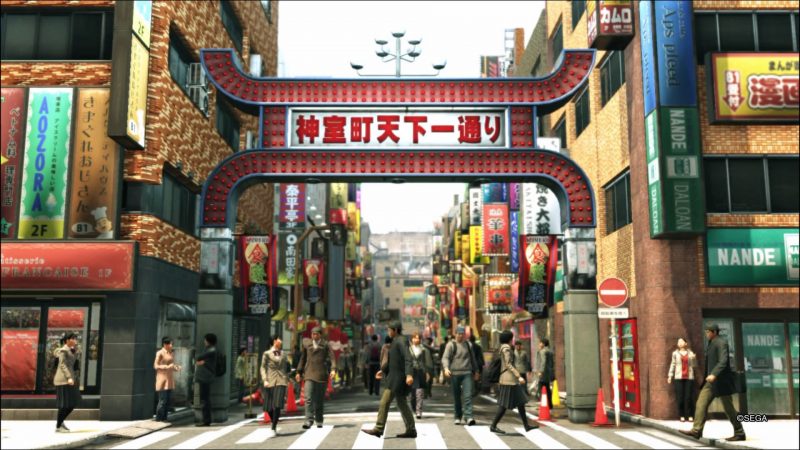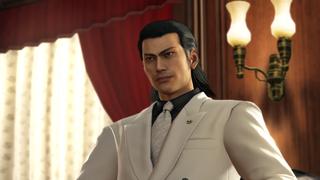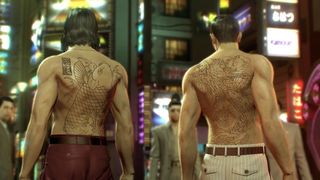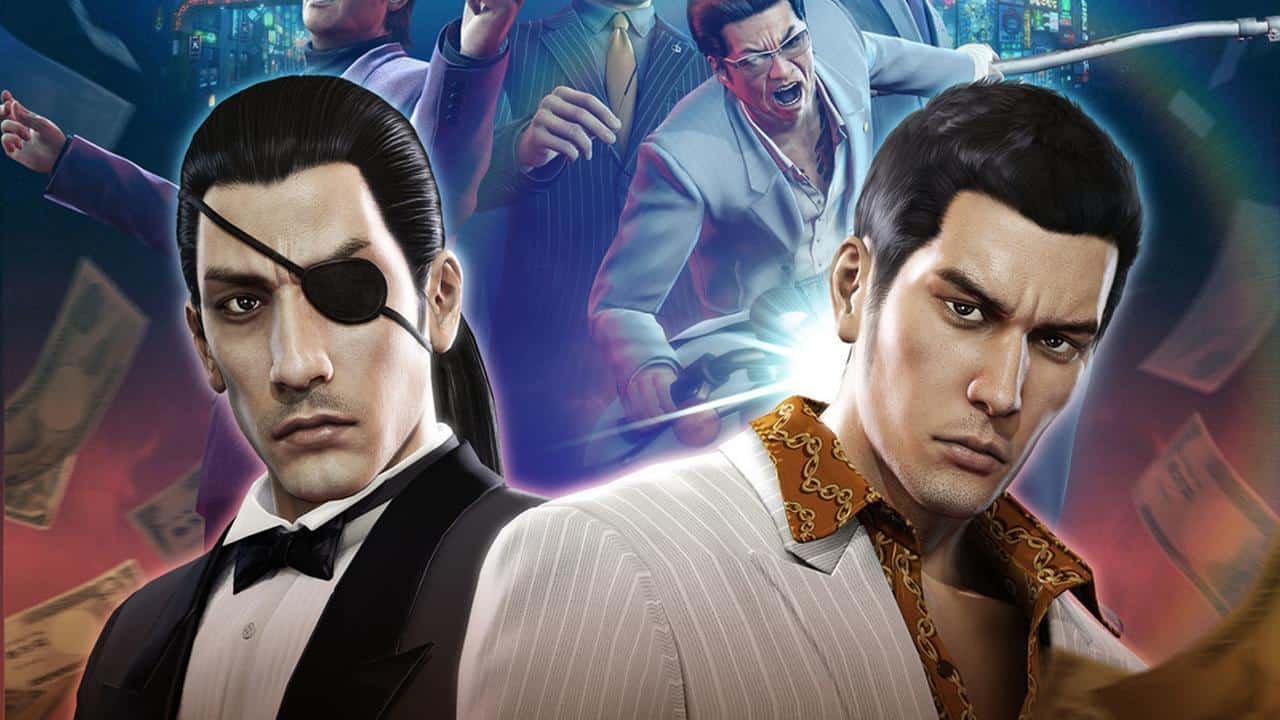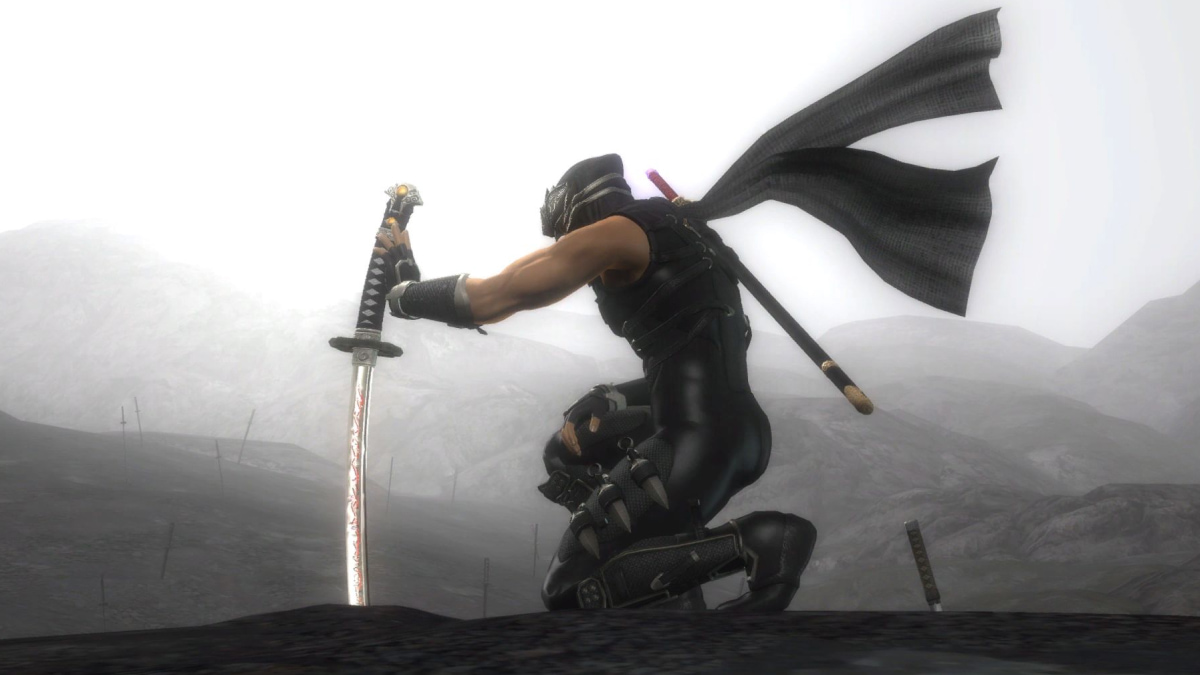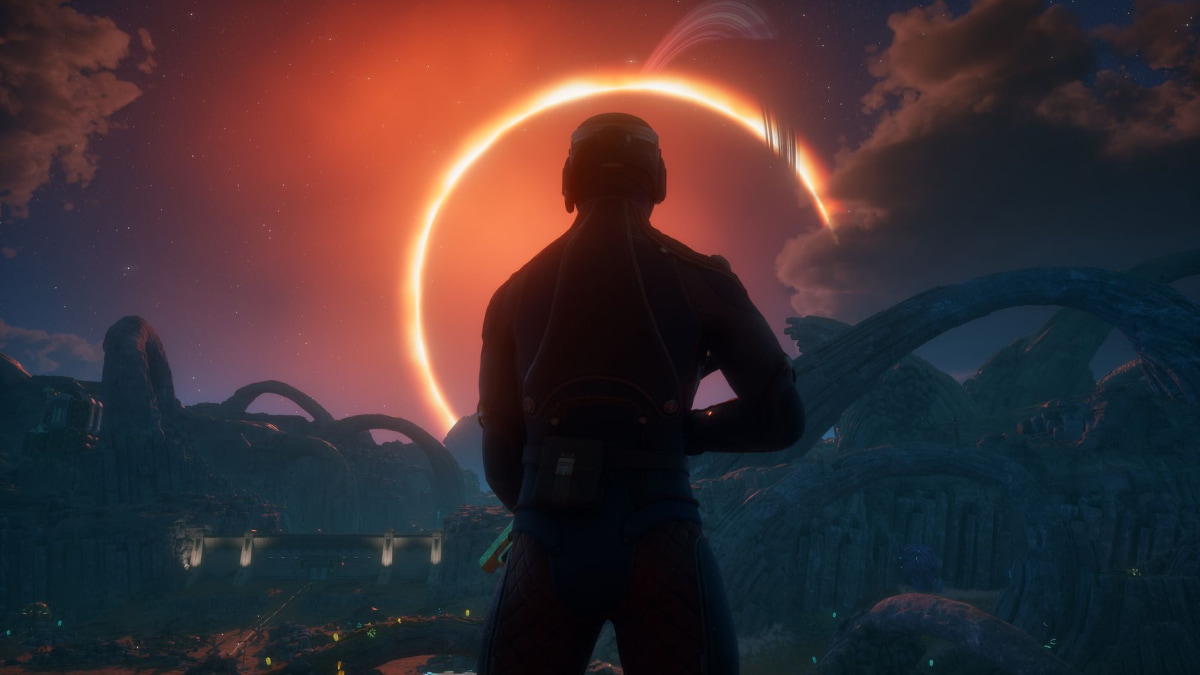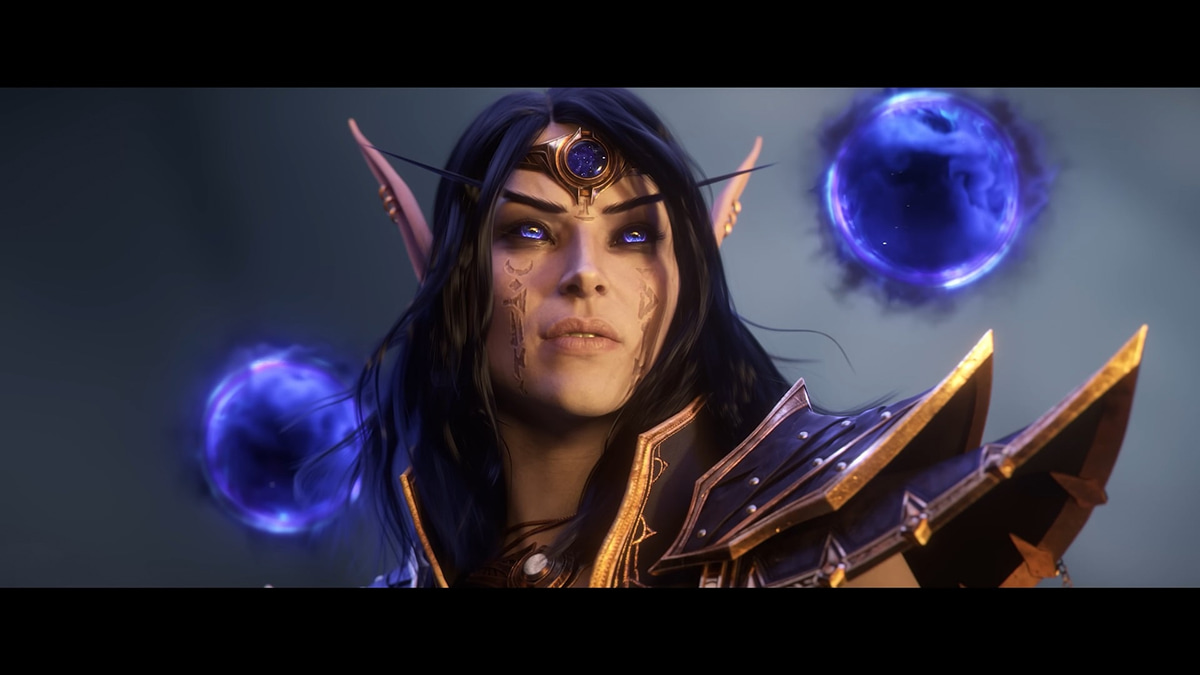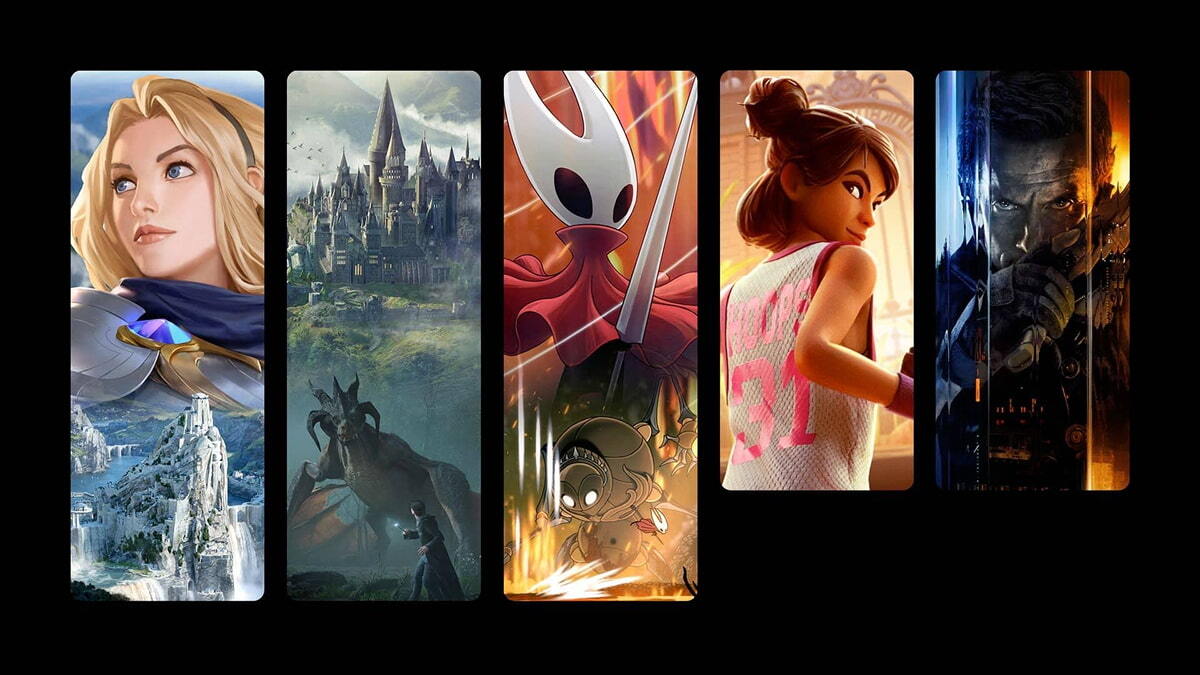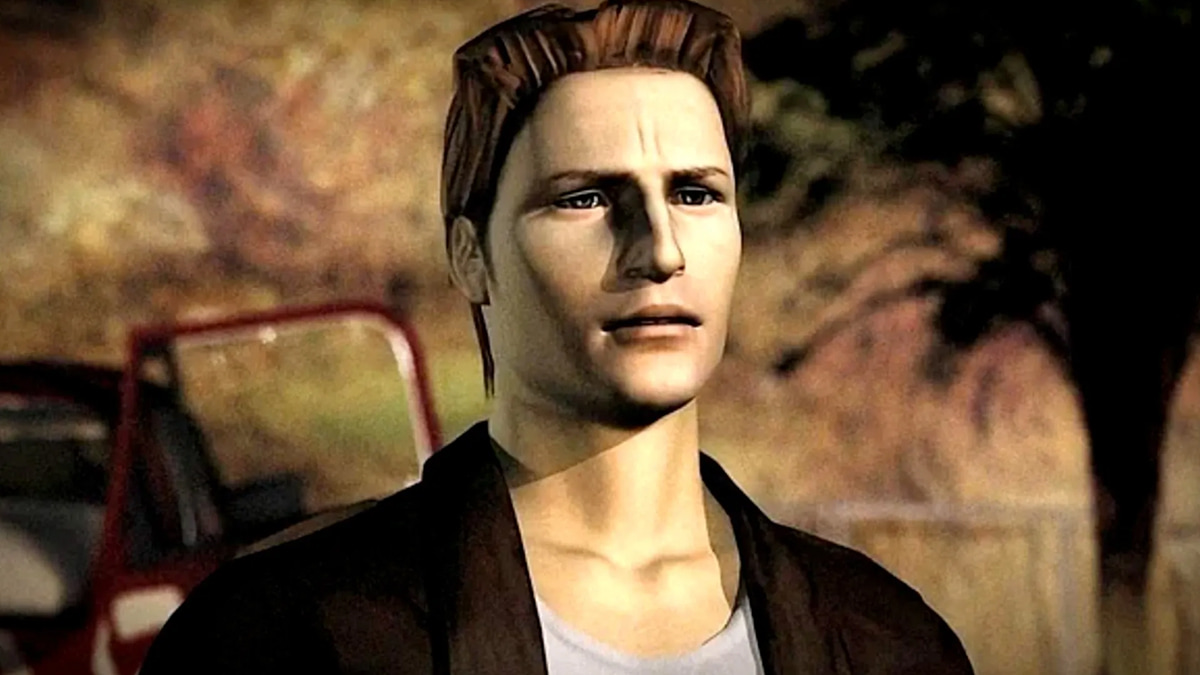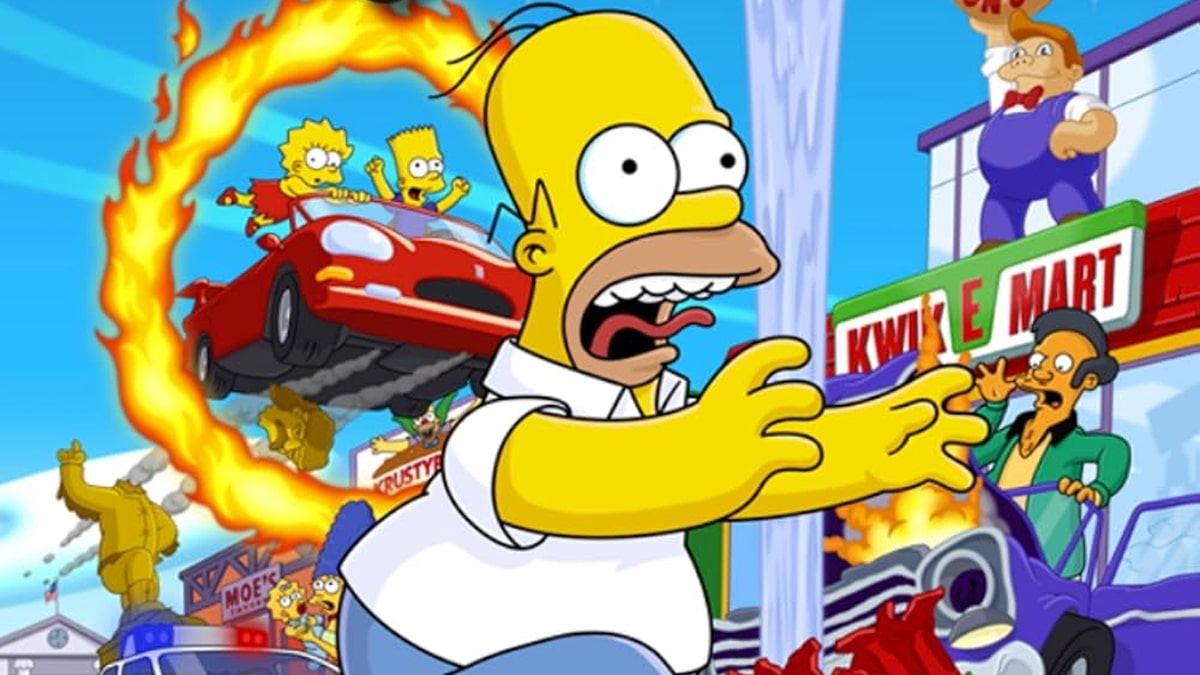You can trust VideoGamer. Our team of gaming experts spend hours testing and reviewing the latest games, to ensure you're reading the most comprehensive guide possible. Rest assured, all imagery and advice is unique and original. Check out how we test and review games here
Kamurocho in the daytime hurts the eyes. There was something in that scraping sunlight that smacked of a hangover, last night’s excesses giving way to a neon-flared headache. The shift was as dramatic as A Link to the Past’s Dark World – the same place, different in every way. It made you behave differently as well, the thriftless thirst of your nightly pursuits recast in the harsh morality of the sun. The Bright World.
That same feeling descended on Japan in the 1990s. After the bubble economy boosterism of the ’80s, which saw money flowing through the streets like champagne rainwater, Japan felt a headache that lasted for ten years. It was named The Lost Decade, and, with the news last week that there are no plans for a Yakuza 0-2, it may become The Lost Yakuza Game. Series producer Daisuke Sato said, ‘If we were to make it, it would be about young Kiryu and Majima again,’ but he’s missing a trick. There’s an untold story waiting in the wings, and a game, in my head, like nothing else in the series.
So, here’s my pitch: Yakuza 0-2 would take place in Kamurocho in 1996, with economic stagnation in full wilt, and would cast you in the role of Nishikiyama as he elbows his way to the top of the Yakuza pile. Meanwhile, Kiryu is stuck, (presumably meditating) in prison. Nishiki benefitted from Sega’s largesse: lavishing lengthy cutscenes and soap opera sympathy over its villain, he was understandable, likable even – and beating seven bells of s*** out of him felt all the more troubling because of it. Walking in his crocodile pattern leather shoes would be a palate cleanser after Kiryu’s stoicism, and Majima’s rakish lunacy. Nishiki was a man of fiery temper and fervent moral compass – before it was whacked out of alignment, that is.
Of course – and apologies for propping myself up on hoary cliche – Nishiki wouldn’t be the star of the show; that title would belong, once again, to Kamurocho. Yakuza 0-2 could invert the series’ emphasis on the night, foregoing the gleam and glamour of post-watershed Tokyo, revealing a town down-at-heel. We’ve had glimpses of it before in those daytime segments. You could almost feel the wind, hot like a hand dryer, gusting eddies of litter about the place, the mottled concrete showing its cracks. Yakuza 0 revelled in brassy excess, its characters wearing wealth on their sleeves and swaggering to the pulse of pachinko parlours. In the ’90s, however, conspicuous consumption was considered a faux pas in light of the plunging economy.
According to the Japanese Zodiac, 1996 was the year of the Rat. While that might seem apt, given Nishiki’s deceitful demeanour, Yakuza 0-2 would see it re-gilded the year of the Koi. Given that those twelve months culminated in Kazama gifting Nishiki a family of his own, he must have rolled up his sleeves – and lined up his knuckles. Our actions in this theoretical game would show us why he was awarded his own family; hopefully, given the volume at which violence shouts back in response to every query, we’ll get to bust some heads along the way.
And do so, it must be said, in grit-and-grind fashion, as befits the times. Nishiki ends disputes with desperate brutality, his fighting style a reflection of his mindset. Using an armoury of scything overhead punches and burly roundhouse kicks, he borrows Kashiwagi’s hammer fists and blends them with loping knee strikes of his own concoction. He’s an omnivore of styles. He mixes the brutality of Shibusawa’s Brawler, the go-for-broke madness of Majima’s Thug, and the deft dodges of Kiryu’s Rush, to create his own. From the manners come the morals, and Nishiki will do anything it takes.
He would also be the swaggering contradiction at the heart of this imagined sequel: a man out of time. It was at Nishiki’s urging that Kiryu indulged in that suit: a double-breasted white delight, his shirt of garish harvest gold and encrusted with chain motif. Nishiki is a man of sybarite tastes, and his style would fly in the face of the stultifying economic climate. Though a creature of servility, his personal style would ruffle rival feathers, and, I dare say, fire up a few fights.
Since Kiwami fleshed him out, with a series of heart-rending flashbacks, I’ve been a mourner at Nishiki’s graveside right along with Kiryu. Unfortunately, with Sato ensuring my daydreams remain just that, we’ll have to remember him at his height: going out in blaze of redeeming glory atop Kamurocho’s highest peak.
